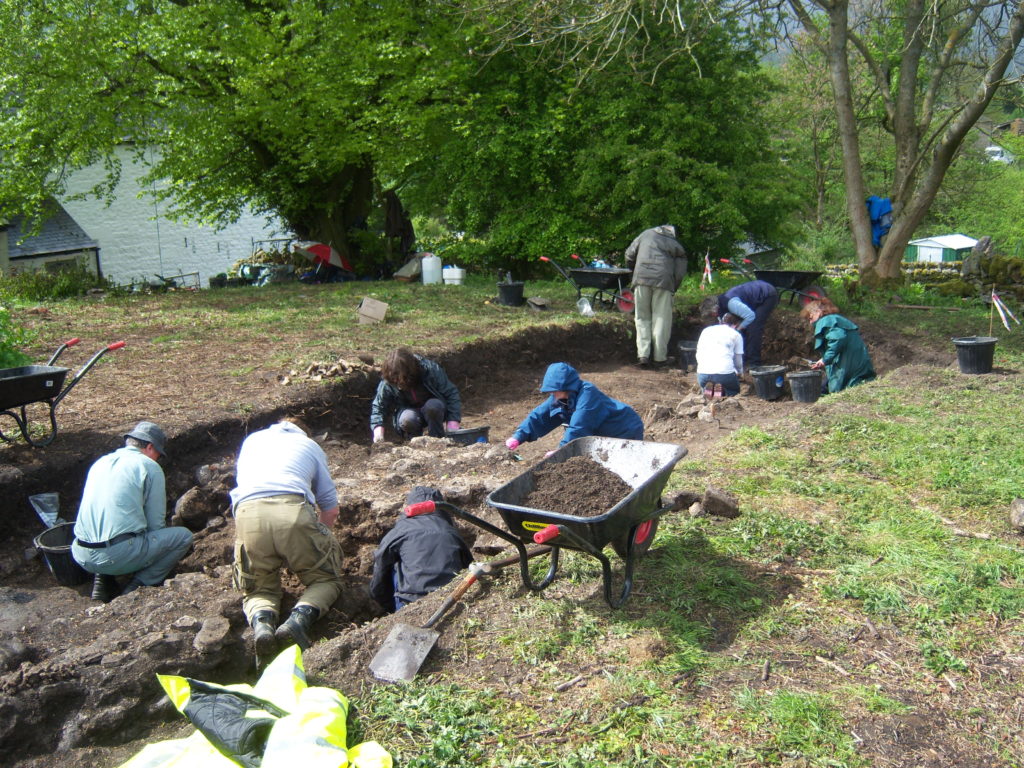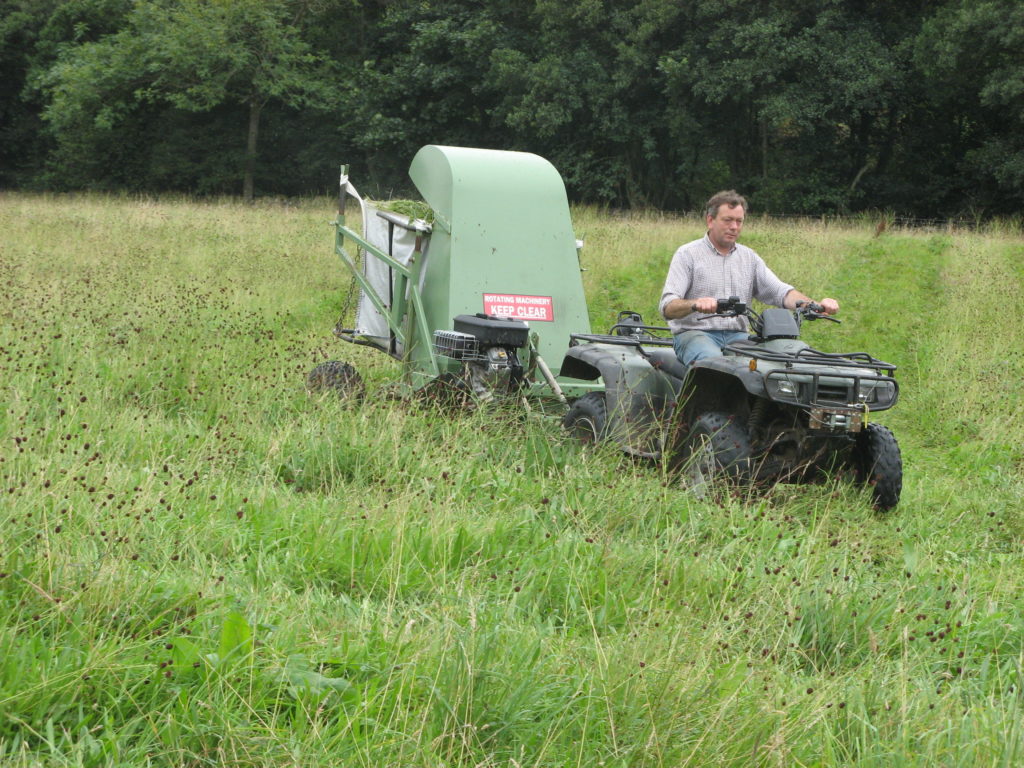News
In praise of scrub
5 December 2024
In praise of scrub
by Emma Wright, North Pennines AONB Partnership
There is a single-track road close to my home, on the edge of the North Pennines AONB. A narrow lane, barely wide enough for a tractor, it sits between the last few rushy fields before the moorland. Framed with birch, willow and hawthorn, with deep ditches and several metres of thicket before field fences, it’s an unassuming half mile strip of scrub. It just happens to be the one of the most wildlife-rich patches of the North Pennines that I know.
Winter thrushes flock here in their hundreds to feed on hawthorn berries, sloes and rosehips, having travelled from frozen Scandinavia to this scrubby temperate haven. Months before the last frost, coltsfoot appears as a welcome flash of yellow on the roadside. The first fluffy catkins on goat willow appear long before most other flowering plants, providing nectar to insects such as bumblebees, hoverflies and butterflies which hibernate over winter in the undergrowth.
A few weeks into spring, I often hear my first willow warbler singing here, its lazy down-spiralling song rivalled by those of the chiffchaffs, whitethroats and blackcaps that fly thousands of miles to breed in this particular patch of scrub. There’s a song thrush that does a pitch-perfect curlew call, echoing the many curlew in the surrounding pasture. Hares shelter under thorny thickets of bramble and dog rose; I’ve seen as many as seven chasing each other in mad spring dashes along the road and verges. Once the days warm up, the air hums with insects and by midsummer the frothy meadowsweet is taller than my head.
What is scrub?
We often overlook scrub. It’s the messy part of a woodland which is too brambly to walk through; a field corner left to its own devices; a sprawling hedgerow; the ‘wild’ bit of the garden. Neither meadow nor woodland, it’s the exciting stuff in between, when seedlings escape grazing animals and grow into scrub and trees.
In the past, scrubby areas have been prized by humans. A wide and species-rich hedgerow, for example, provides firewood, shelter for livestock and seasonal feasts of elderflowers, blackberries and sloes. However, in the last century we have lost thousands of acres of scrub, where it has been cleared to make space for more intensive agriculture or development. In areas where grazing animals are no longer present, scrub grows into mature woodland and we lose that valuable ‘in between’ zone of neither grassland nor forest.
Wildlife-friendly scrub
My scrubby lane is a lucky accident of field boundaries and ditches. Its messy geometry – spikes and spines, soggy patches, deadwood, dark undergrowth, high twiggy branches – means there are many spaces for different wildlife, with lots of plant species to provide food and shelter. A network of hedges connects this unassuming patch of scrub to several acres of steep ancient oak woodland, where animals find more places to feed, breed and shelter.
A variety of plant and tree species is important for wildlife-friendly scrub, and different ages support different wildlife: from bare ground and young saplings to mature growth and then dead and decaying wood. The song thrushes in ‘my’ scrubby lane, for example, prefer to sing from the mature stands of willow, whilst the whitethroats chose the shorter thorny bushes. Yellowhammers sing out from the open tops of gorse and hawthorn, whereas willow warblers join the dunnocks and wrens in the darker, closed canopy patches. The spaces round the edge of a scrubby patch are also important, as these are often rich in flowering plants and taller grasses. A rough grassy margin along a hedgerow is where you are most likely to spot a barn owl hunting for voles.
Scrub in the North Pennines AONB
At the North Pennines AONB Partnership, we work with farmers to find places where scrub can support productive, profitable farms. We are working with landowners to explore opportunities for wood pasture creation, where livestock create and sustain a patchwork of habitats including mature trees, scrub and species-rich grassland. Through a new landscape partnership scheme, Fellfoot Forward, we are beginning to support farmers in the Cumbrian part of the North Pennines and beyond into the Eden Valley, with grants for hedgerow, scrub and woodland creation. Our Woodland Officer also advises landowners across the North Pennines on promoting and protecting valuable scrub habitats as part of woodland management.
There are places where scrub adds real value to our landscape, connecting other habitats and offering more space for nature. There are also internationally important habitats in the North Pennines where we don’t want to see more scrub or woodland. Our peatlands, our haymeadows, our rushy pastures: in these habitats, for example, more trees and scrubby plants would cause a decline in some of the species that make the North Pennines so special. Here, we work closely with farmers to ensure that sheep and cattle retain the open habitats required by wildlife such as curlew and rare flora. We also work with landowners and volunteers to protect important historic features from being obscured or damaged by scrub.
How can you help?
On your farm:
Finding the right space to increase wildlife-friendly scrub on your farm can support nature recovery and benefit the farm business. Get in touch to find out about funding opportunities and for expert advice.
In your garden:
Hedgerows, native shrubs and trees all offer food and shelter to wildlife, and leaving areas of grass to grow long can add real value to your wildlife-friendly garden. Let areas get ‘messy’, and if you need to cut back overgrown vegetation, wait until early spring so that any hibernating invertebrates have chance to move on.
Go and visit:
When it’s safe to do so…
A trip to Derwent Reservoir offers the chance to explore different scrub habitats along the reservoir shore. See more: Derwent wildlife leaflet












